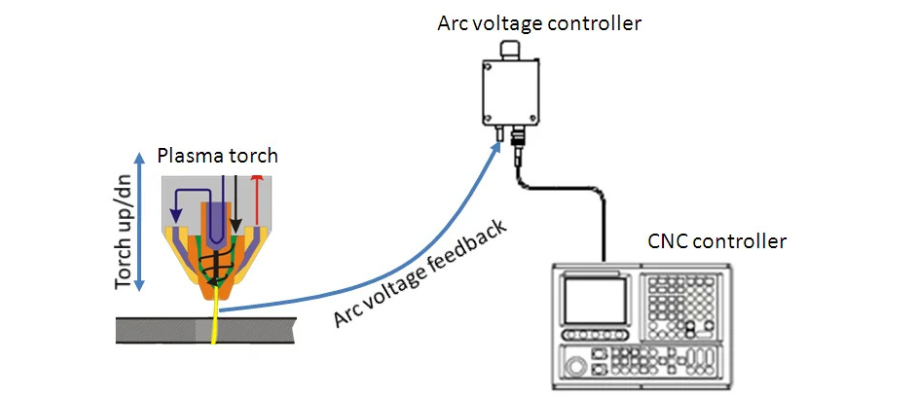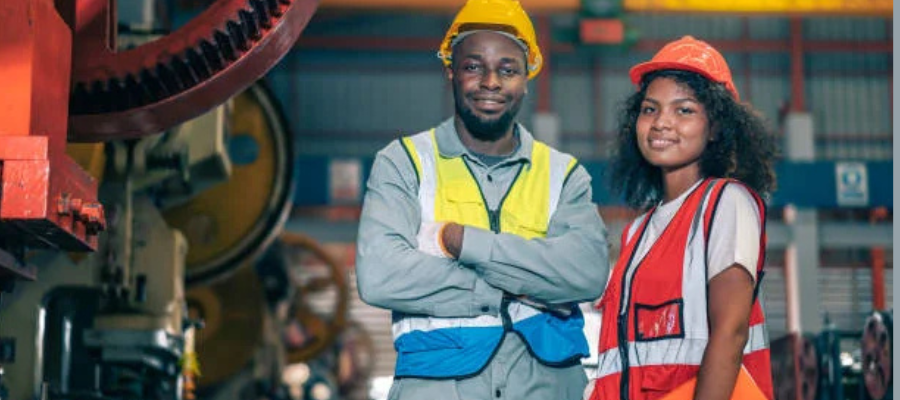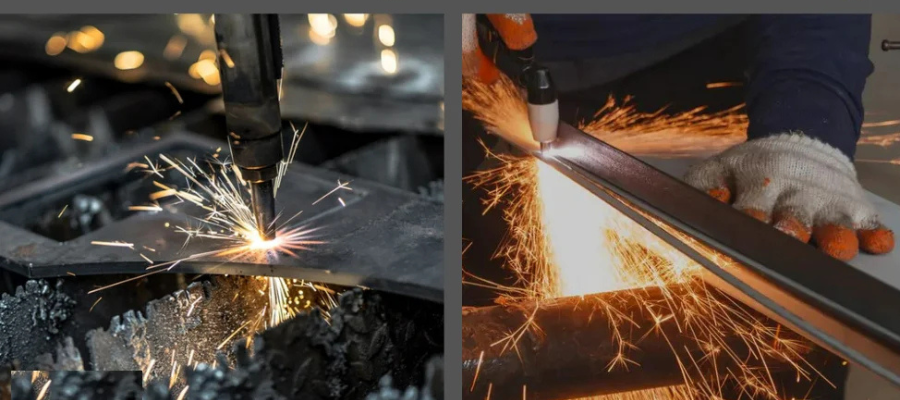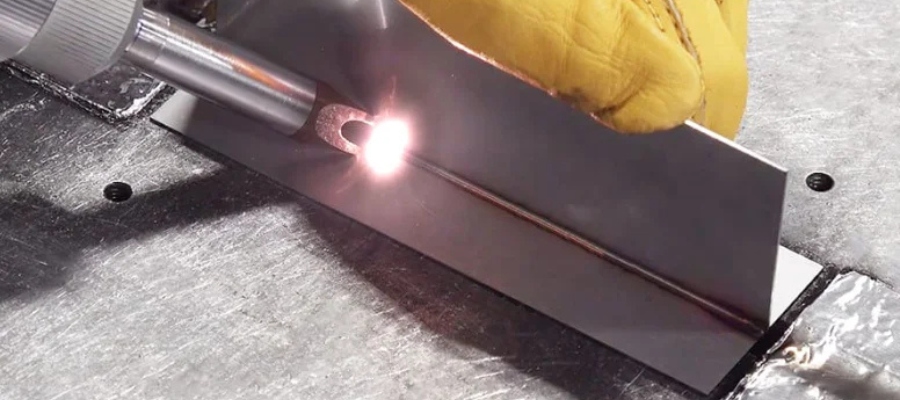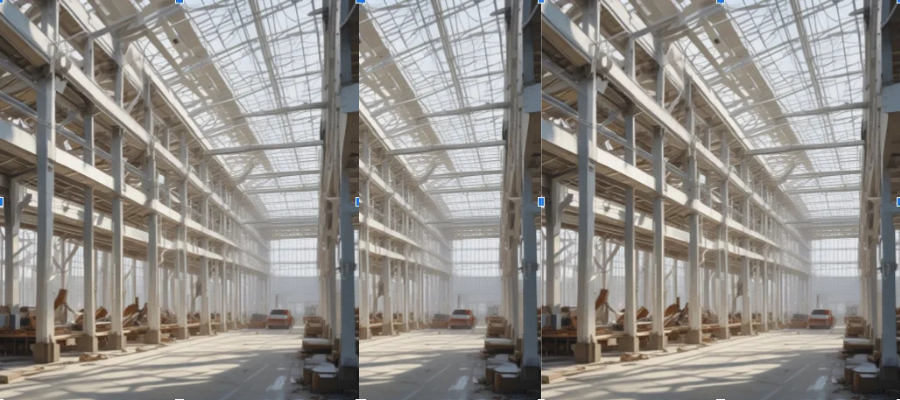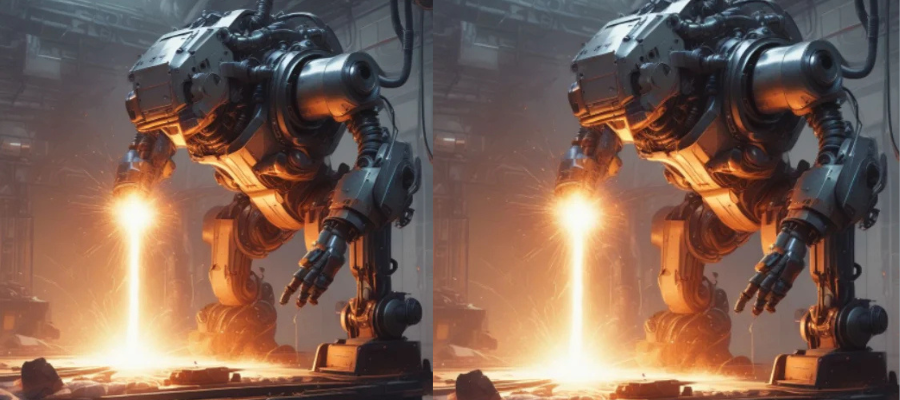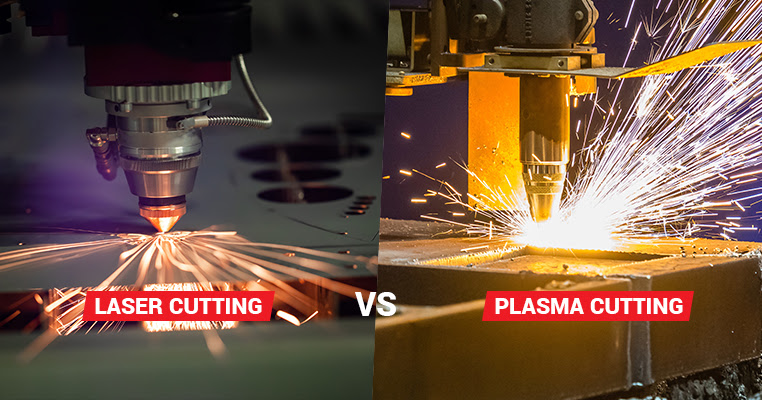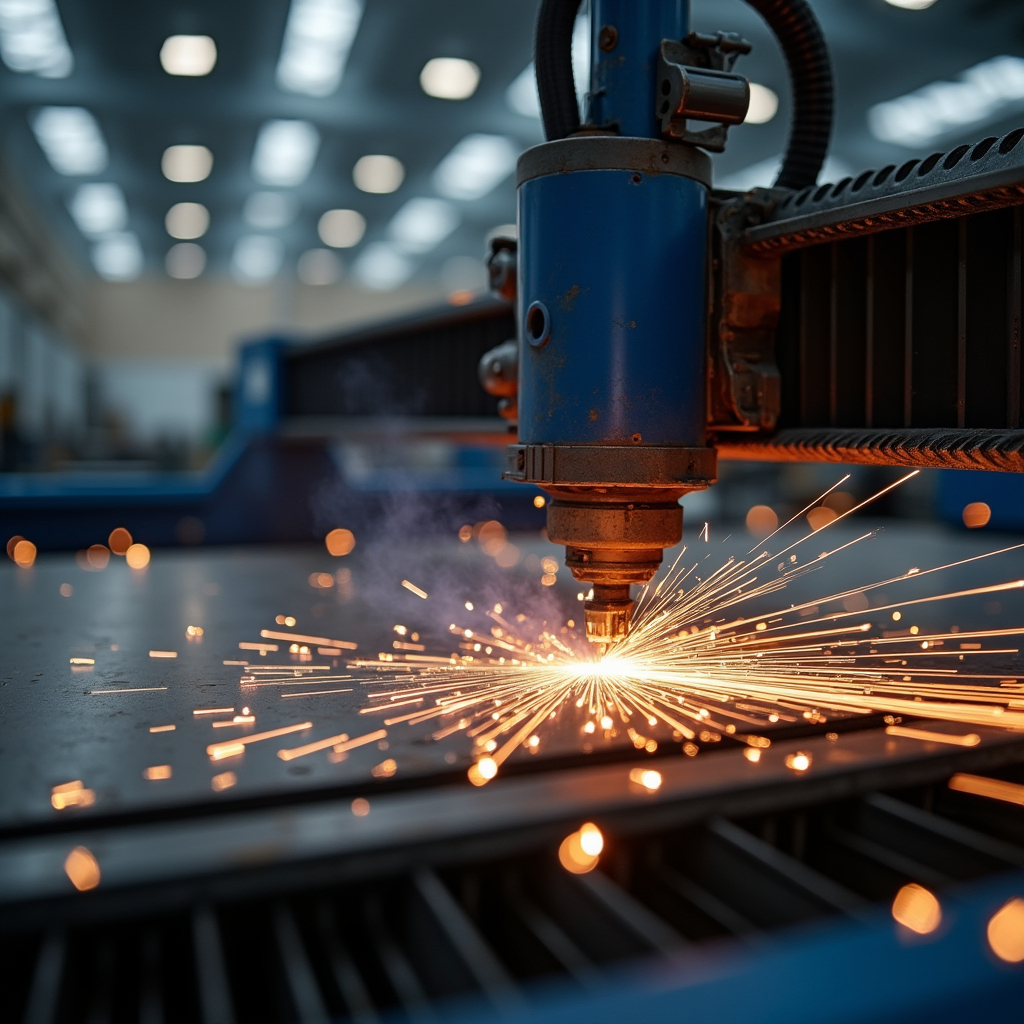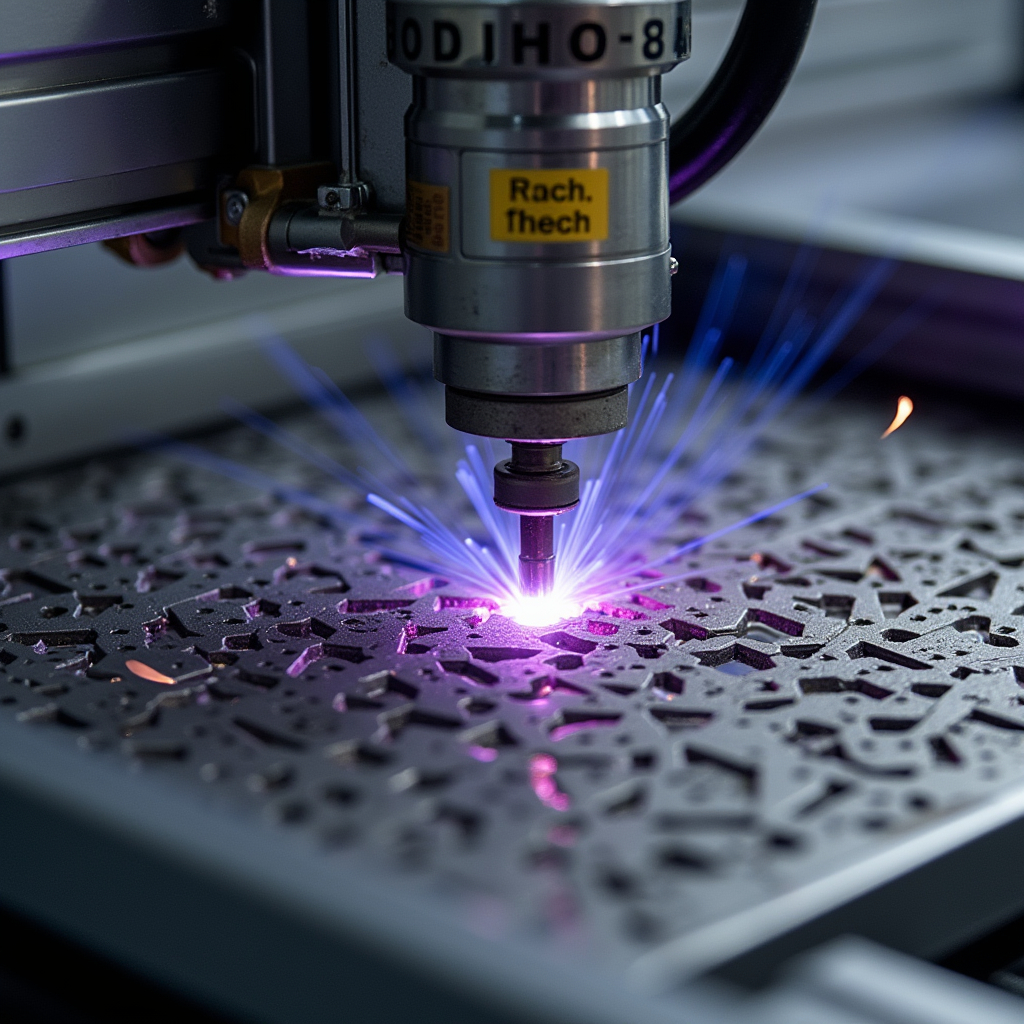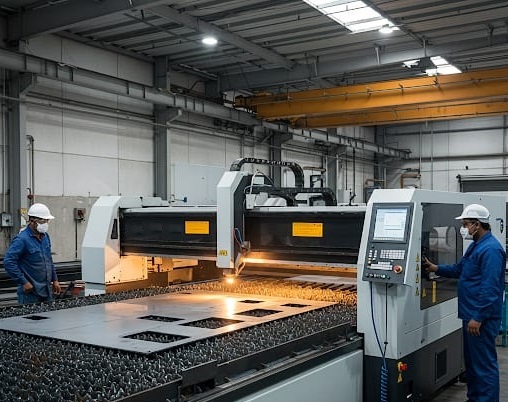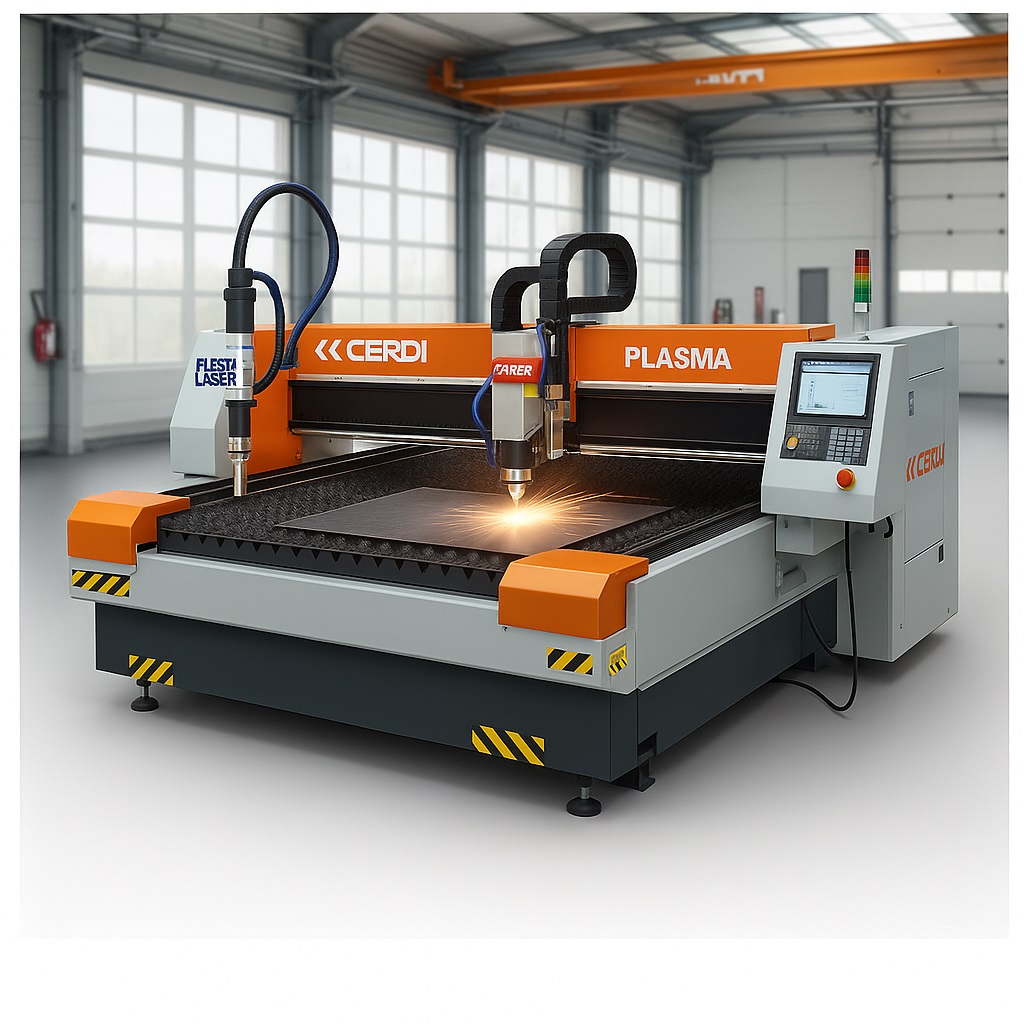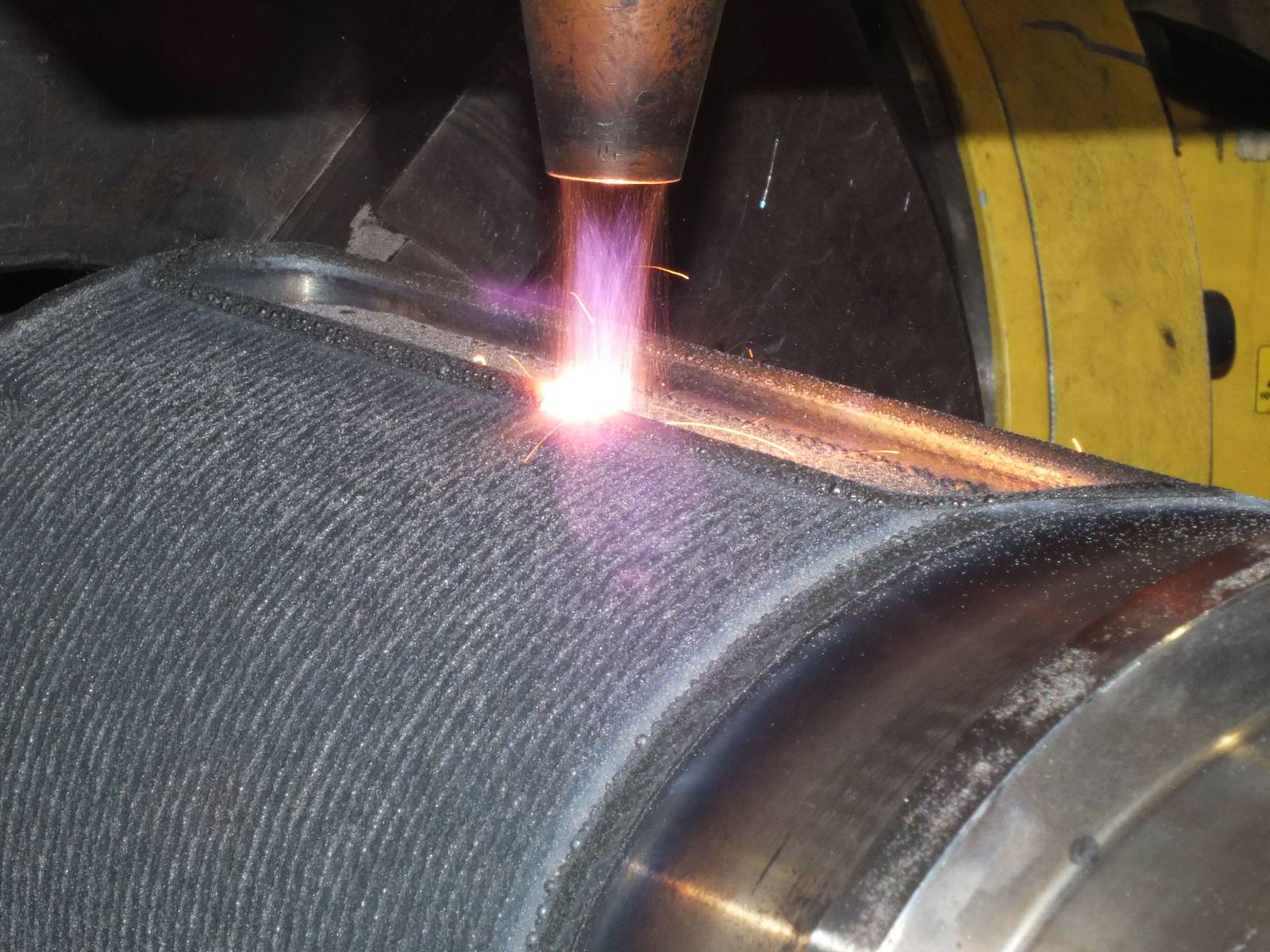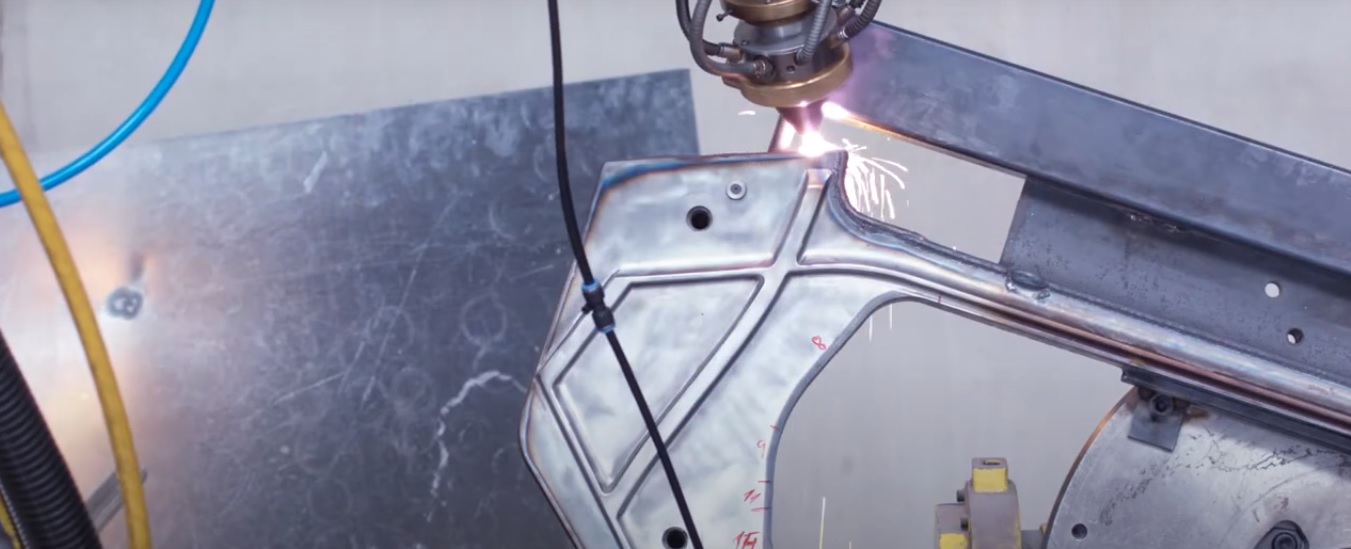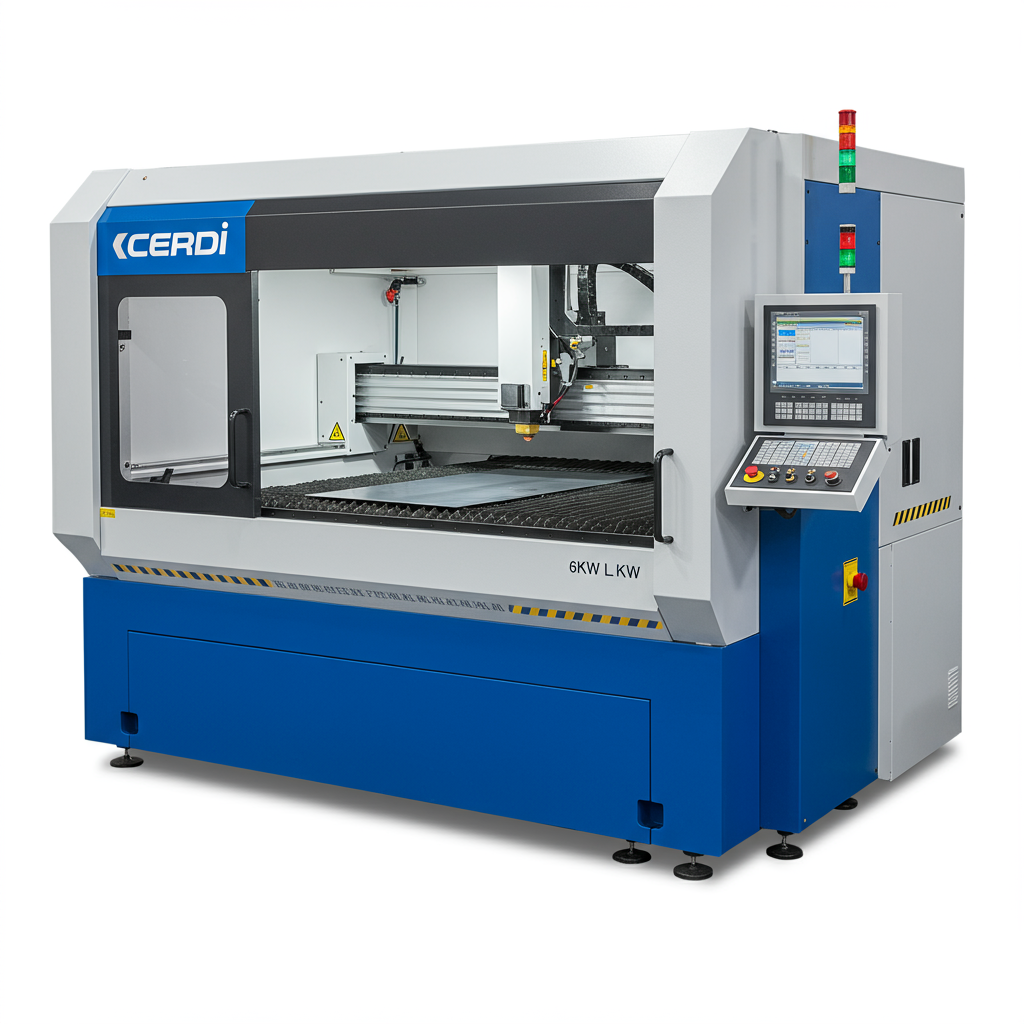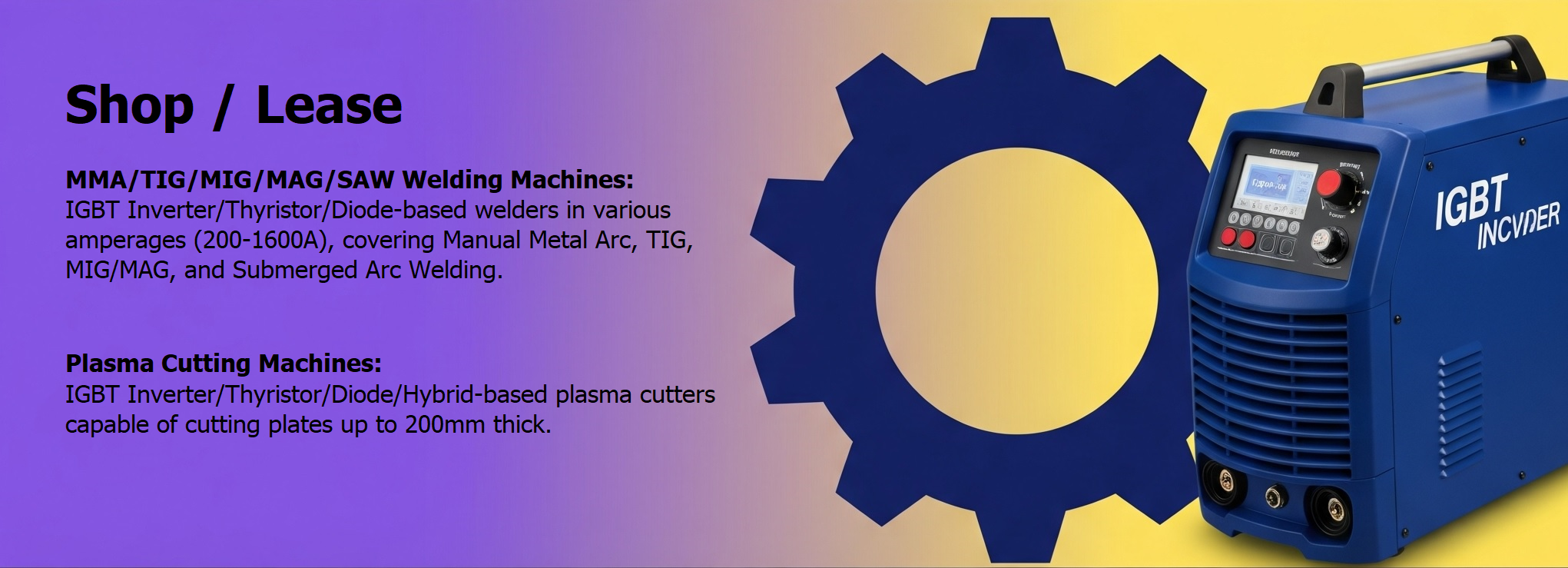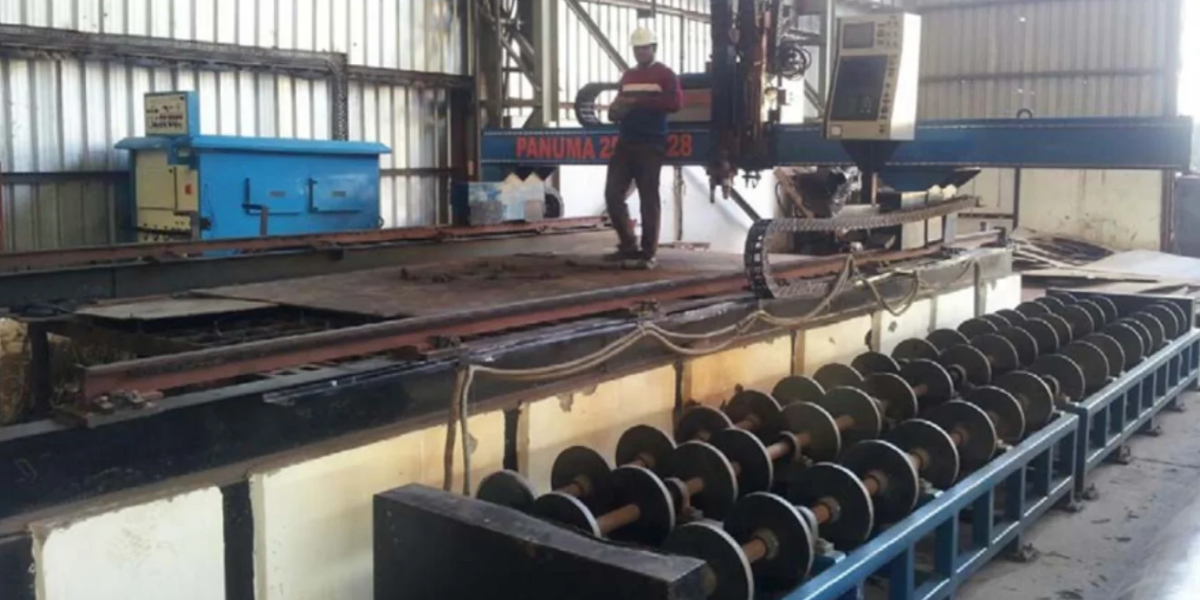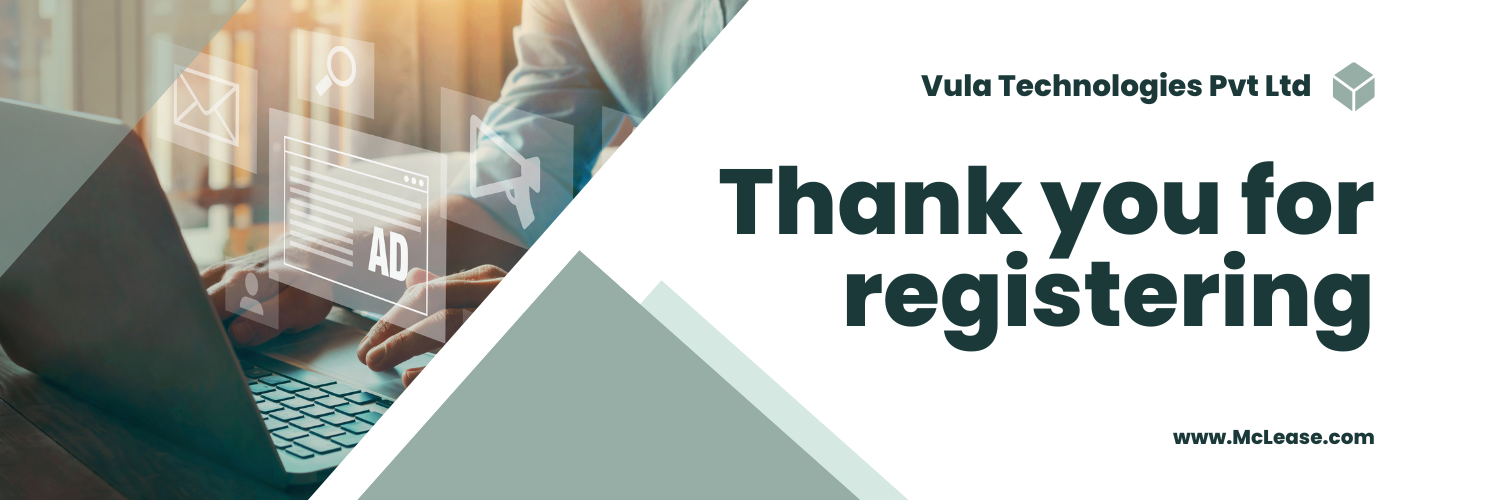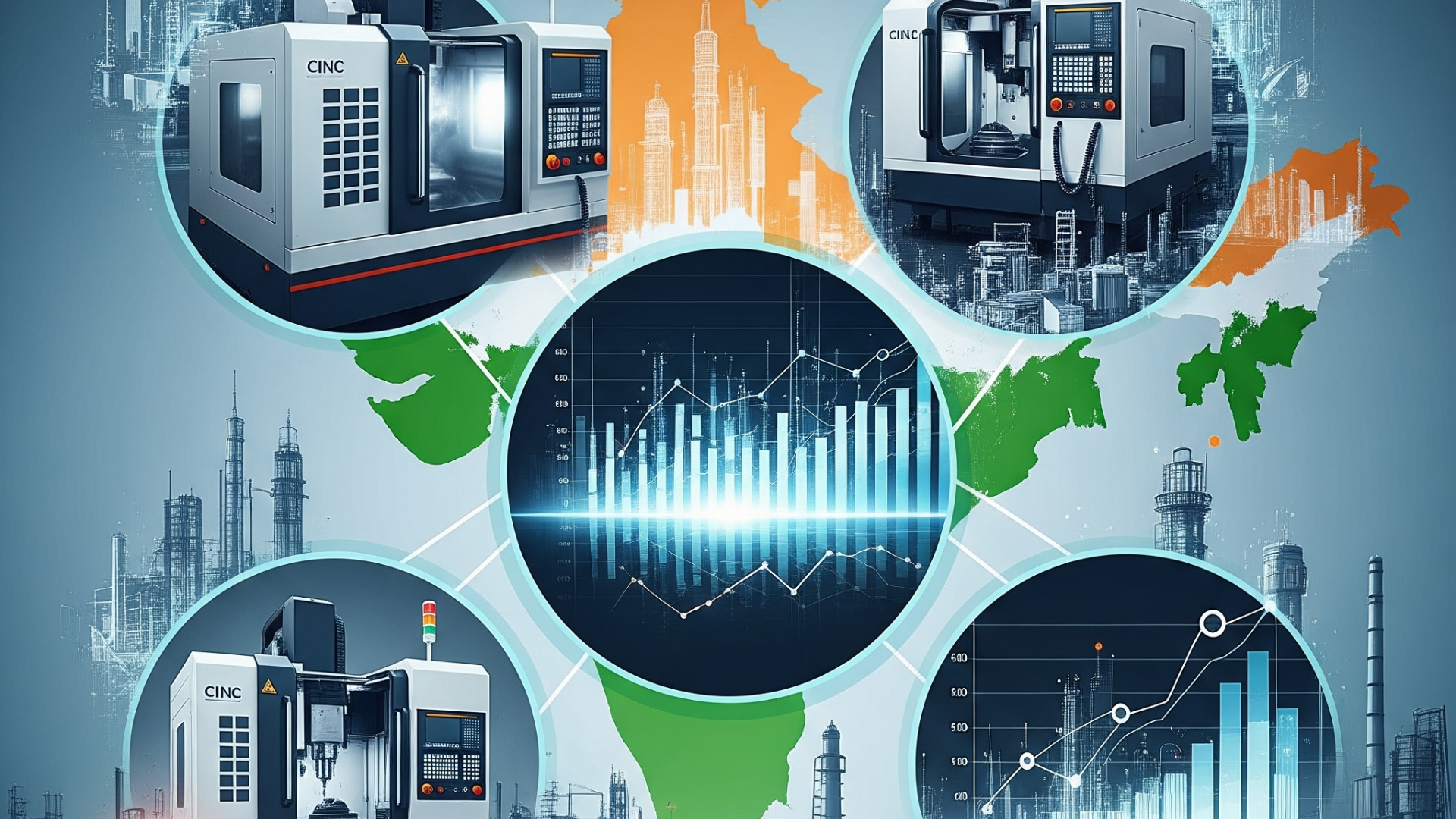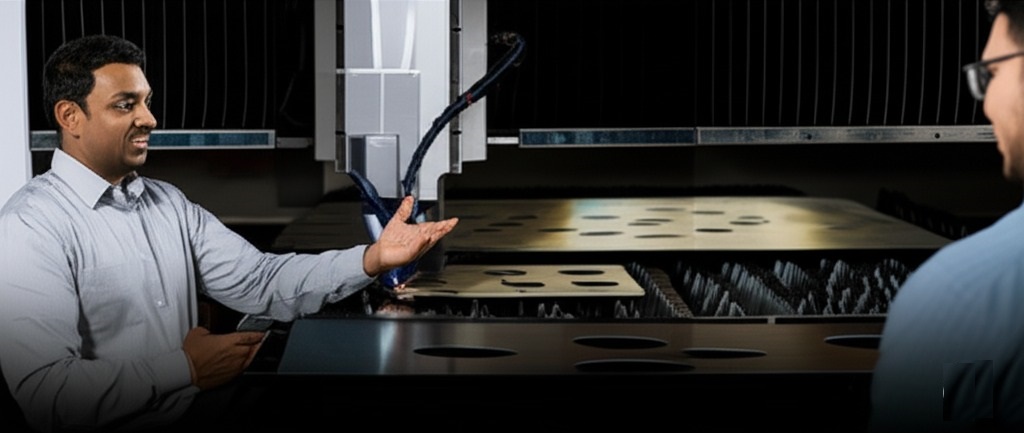
Machine Lease Explained: Finance vs Operating Lease, CapEx vs OpEx, Buyback & Funding Options
(1) What is a Machine Lease?
A machine lease is an agreement where a business (the lessee) rents equipment (e.g., machinery) from the owner or lessor for a specified period, in exchange for regular payments. Ownership remains with the lessor, and the lessee uses the machine without purchasing it outright.
(2) Difference Between Operating Lease and Finance Lease
| Feature | Operating Lease | Finance Lease (Capital Lease) |
|---|---|---|
| Ownership | Lessor retains ownership | Lessee may assume ownership or has the option |
| Duration | Short-term (less than machine's useful life) | Long-term (covers most of machine’s useful life) |
| Balance Sheet Impact | Off-balance sheet (before IFRS 16/ASC 842) | On-balance sheet (asset + liability recorded) |
| Maintenance | Often included (lessor handles) | Usually lessee's responsibility |
| Asset Risk | Lessor bears residual risk | Lessee bears residual risk |
| Use Case | Temporary use / upgrades | Long-term use / eventual ownership |
Note: IFRS 16 and ASC 842 accounting standards now require most leases to be capitalized, narrowing this distinction in financial reporting.
(3) Difference Between Hire Purchase and Machine Lease
| Feature | Hire Purchase | Machine Lease |
|---|---|---|
| Ownership | Transfers to buyer after last payment | Stays with lessor (except in finance lease option) |
| Initial Deposit | Usually required | May not be required |
| Balance Sheet | Asset & liability recorded | Depends: off-balance (operating lease) or on-balance |
| Maintenance | Buyer’s responsibility | Varies by lease type |
| Early Termination | Harder and costlier | More flexible (especially in operating lease) |
(4) Difference Between Finance / Loan and Lease
| Feature | Loan (Finance) | Lease |
|---|---|---|
| Ownership | You own the asset from the start | Lessor owns the asset |
| Funding Structure | Borrowed money to buy asset | Renting the asset |
| Down Payment | Typically required | Often minimal or none |
| Asset on Books | Yes (asset + loan liability) | Depends on lease type (see Q2) |
| Depreciation | You claim depreciation | Lessor claims (unless finance lease) |
(5) Can You Sell Back / Buy Back in Other Options – What Is This?
Buyback / Sellback refers to:
-
Buyback: Lessee agrees to buy the equipment at end of lease or term (common in finance leases).
-
Sellback (or sale-and-leaseback): You sell owned equipment to a financier/lessor and lease it back.
Used in:
-
Asset monetization
-
Improving liquidity
-
Keeping machinery use while freeing up capital
(6) What is Capex Purchase and Opex – and What Advantages Does Lease Give You?
| Concept | CapEx (Capital Expenditure) | OpEx (Operating Expenditure) |
|---|---|---|
| What it is | Buying machinery outright | Ongoing expenses (e.g., rent, utilities, lease payments) |
| Accounting Impact | Capitalized; depreciated over years | Expensed in P&L during the year incurred |
| Cash Flow Impact | Large upfront investment | Spread over time (improves liquidity) |
| Tax Treatment | Depreciation + interest deduction | Full lease/rent is deductible (depending on structure) |
Advantages of Leasing (for Balance Sheet / Machine Funding)
-
Preserve Cash Flow: No large upfront capital outlay.
-
Off-Balance Sheet (or structured as such): Reduces debt-to-equity ratios.
-
Tax Efficiency: Lease payments are often fully deductible.
-
Flexibility: Upgrade/replace machines easily.
-
100% Financing: Often includes transport, installation, etc.
-
Avoid Asset Obsolescence: Especially important in fast-changing tech environments.

